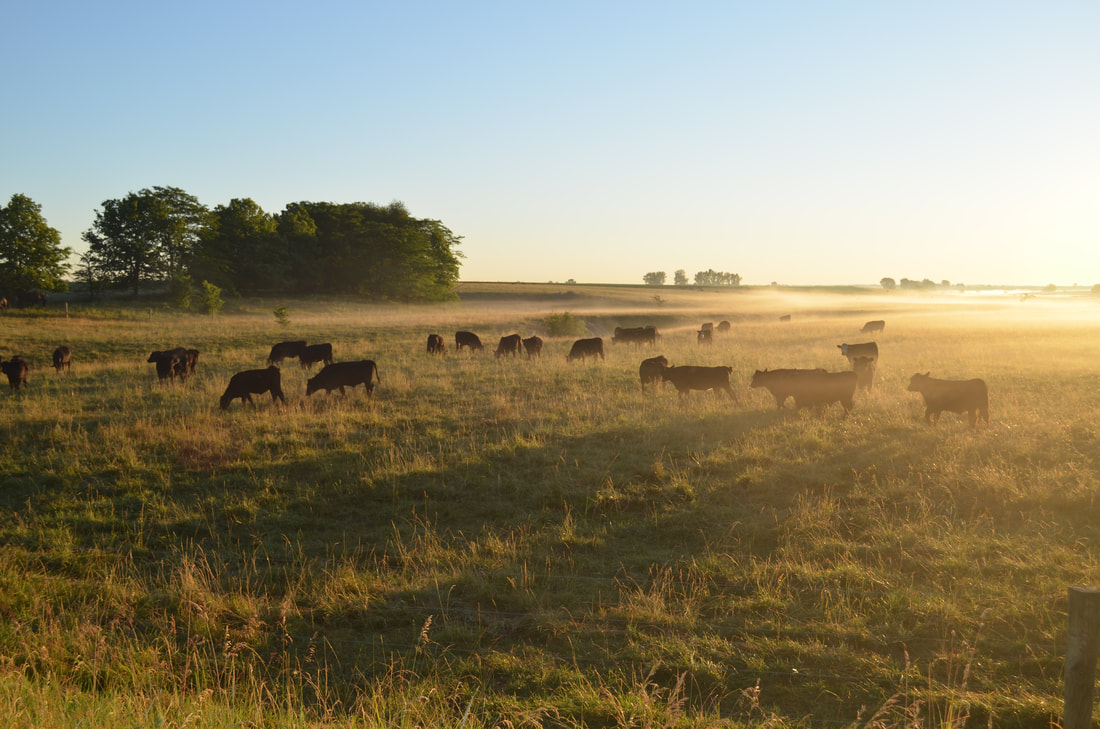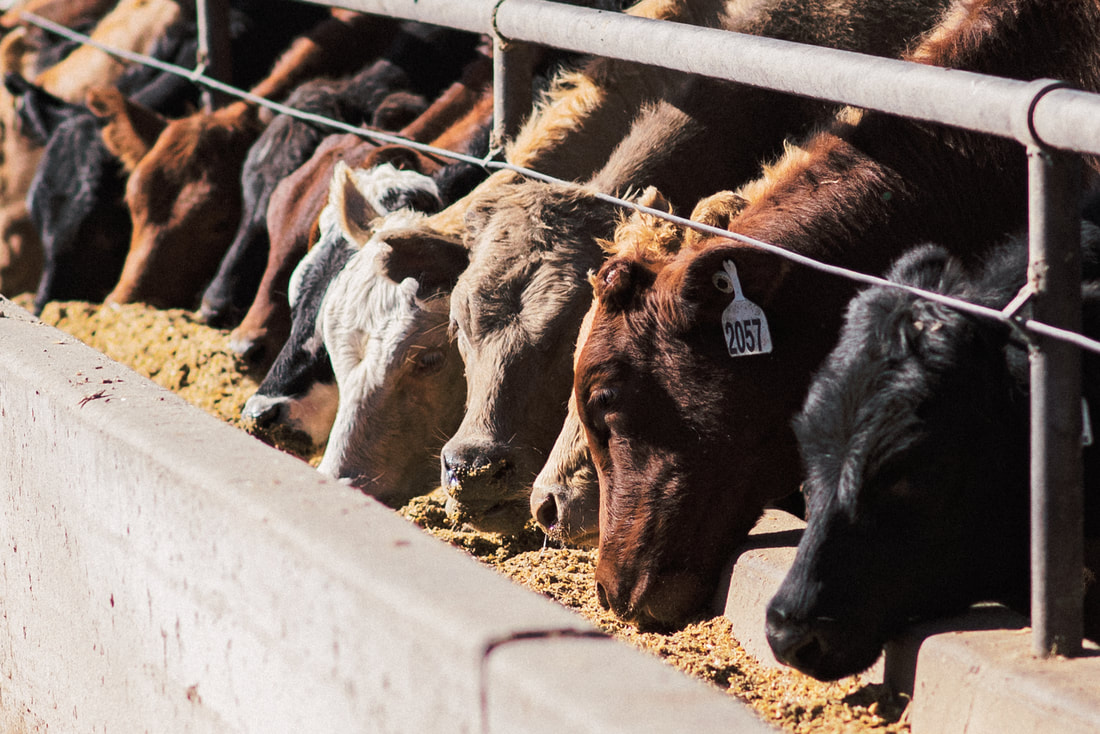



Where exactly does steak come from?
The beef lifecycle is a unique food production system. It takes anywhere from 1.5 to 3 years bring beef from pasture to plate.Top priorities for everyone in the beef supply chain include health animals, environmental care, and safe, nutritious, high-quality protein for consumers, according to the Texas Cattle Feeders Association.
1. SEEDSTOCK / COW-CALF
Hundreds of thousands of seedstock and cow-calf ranches breed cattle and raise calves. The cows nurse their calves and then calves graze on grass pastures with their mothers. Producers have invested decades into cattle genetics to improve animal health, efficiency and beef quality. Ranches are located in all 50 states and are 95% family owned.
.jpg)
2. STOCKER & BACKGROUNDER
Calves transition from mostly milk to eating a variety of grasses, hay and other plant-based feeds. Calves may move to stocker or backgrounder farms and ranches where supplemental feed, including vitamins and minerals, is provided to meet their changing nutritional needs.
3. LIVESTOCK AUCTION MARKET
Cattle producers may work with an auction market to sell their cattle to other beef producers or feedyards. In addition to live auctions, advances in technology allow auctions to be hosted through video and the internet.

4. FEEDYARD
Between 6 and 12 months of age, cattle are moved to a feedyard where they spend an average of 6 months. Staff, including nutritionists, veterinarians and trained cowboys, care for the animals daily. Cattle have constant access to water and eat at feed bunks where they are fed a balanced diet that may include grains (e.g., corn, sorghum, wheat and soybean meal), roughage (e.g., hay and grass) and renewable byproducts (e.g., distillers grains)

5. PACKING PLANT
Once cattle reach market weight at 18 to 24 months of age, they are sent to a packing plant, also called a processing facility. USDA inspectors oversee the implementation of animal welfare and food safety standards before the animals enter the plant until the final beef products are shipped to grocery stores and restaurants in the U.S. and abroad.



